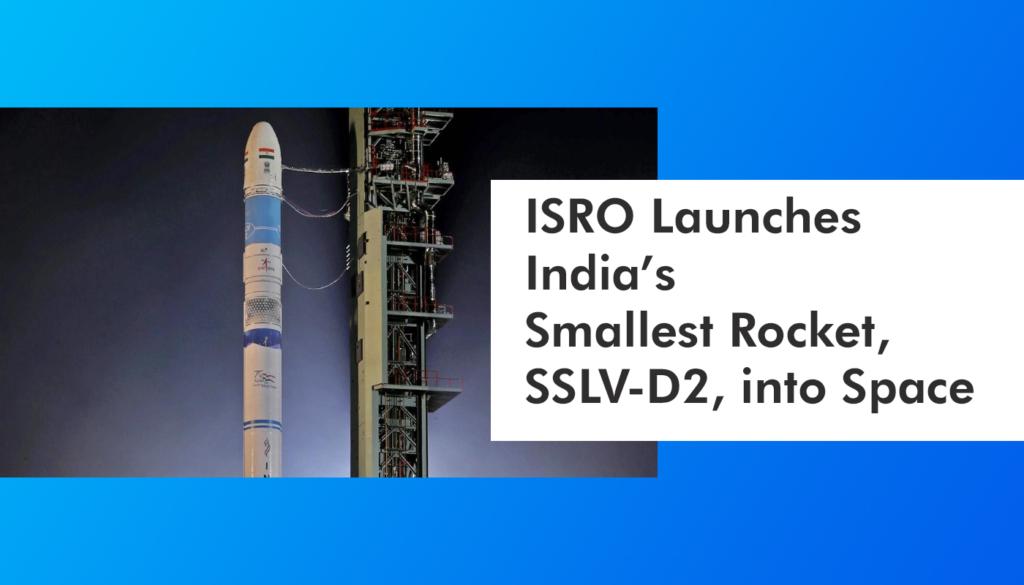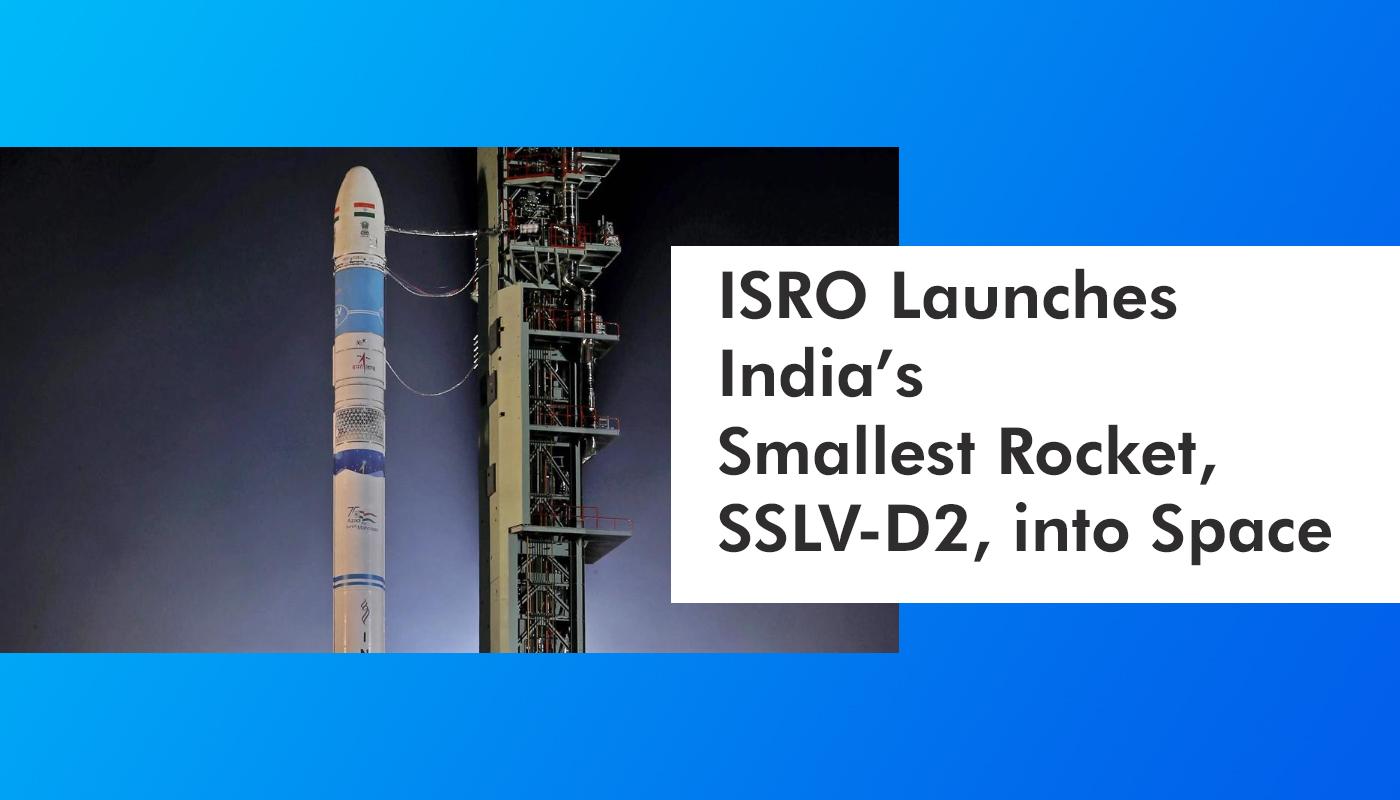ISRO Launches India’s Smallest Rocket, SSLV-D2, into Space
India has achieved another milestone in space as ISRO successfully launches its smallest rocket, the SSLV-D2. The rocket was launched from the Sriharikota Satish Dhawan Space Centre on February 9th at 9:18 pm and will place three satellites in orbit. ISRO Chief S Somnath applauded the teams responsible for building the satellites and putting them in the correct orbit.
ISRO analyzed the problems encountered during the first test flight of SSLV-D1 and made necessary adjustments that were implemented quickly to ensure the success of the SSLV-D2. The rocket will carry three satellites during its 15-minute flight, including ISRO’s EOS-07, US firm Antaris’ Janus-1, and SpaceKidz India’s AzaadiSAT-2.
According to ISRO, the SSLV can launch satellites weighing up to 500 kg into low Earth orbits on a “launch-on-demand” basis. The SSLV is a 34-meter long, 2-meter diameter vehicle that weighs 120 tons and is equipped with a velocity terminal module.
EOS-07, developed by ISRO, is a 156.3 kg satellite that includes an mm-wave humidity sounder and a spectrum monitoring payload. Janus-1, developed by Antaris, is a 10.2 kg American satellite, while AzaadiSAT-2, developed by 750 students of SpaceKidz India with the assistance of the Indian government, is an 8.7 kg satellite.

The first test flight of the SSLV failed on August 9th of last year. The investigation into the failure revealed vibrations on the Equipment Bay (EB) deck for a brief period during the second stage isolation, which affected the Inertial Navigation System (INS) and caused a glitch in the Fault Detection and Isolation (FDI) software sensors.




